Parking "Relief" for Businesses in Rural, Remote or Industrial Locations
Authors: Kristina Drzal Houghton & Carolyn Bourgoin
Final regulations have been issued related to deductions for parking expenses. The major change provided by the regulations deal with businesses that provide parking to their employees in rural, industrial, or remote areas where the fair market value of the parking is considered to be negligible. These businesses will now have a zero disallowance for parking-related expenses. Employers not meeting an exception to the parking expense disallowance may need to revisit their current parking valuation methodology to consider modifications and clarifications incorporated into the final regulations.
Related to the deduction
Refresher: An employer is denied a deduction for the expense of a qualified transportation fringe which includes qualified parking that it provides to its employees free of charge. Nondeductible parking expenses include amounts an employer pays to third party operators for employee parking as well as expenses an employer incurs for providing employee parking on facilities it owns or leases. The nondeductible amount of parking expense obtained from a third party operator is generally the employer's annual cost paid for the parking. Employers who own or lease parking facilities or parking lots that they make available to employees can determine the expense disallowance using a general rule, or any one of three alternative "simplified" methodologies -qualified parking limit methodology, primary use methodology, and the cost per space methodology. These methods were available under the proposed regulations and were retained by the final regulations with some minor modifications. Also still available under the final regulations is the general public exception to the nondeductibility of parking expenses.
Main modifications provided in final regulations:
- The rural exception highlighted above. In this situation, the parking provided has a fair market value of zero as an individual (i.e. non-employee) would not ordinarily pay to park there.
- The final regulations attempts to reduce administrative burdens for taxpayers subject to the parking expense limitations. The final regulations extend the 5% optional rule for allocating certain mixed parking expenses to the general rule. The regulations also clarify that taxpayers may choose between the 5% optional rule or any reasonable method to allocate eligible mixed costs.
- For parking utilized by customers and employees, the final regulations provide relief for determining employee usage of parking spaces. In light of the COVID-19 pandemic, the final regulations allow employers located in a federally declared disaster area to opt to use a typical business day as one from the tax year prior to the date the taxpayer's operations were impacted by the disaster. Alternatively, a business can choose to define a typical business day during the months of the tax year in which the disaster occurred by reference to a typical business day during the same months of the tax year immediately preceding the tax year in which the disaster first occurred.
The above summary highlights only some of the changes in the final qualified transportation fringe benefit regulations. There were other modifications and clarifications provided in these regulations that will need to be considered in calculating the expense disallowance under the various methodologies. You should discuss possible changes with your tax adviser.
This material is generic in nature. Before relying on the material in any important matter, users should note date of publication and carefully evaluate its accuracy, currency, completeness, and relevance for their purposes, and should obtain any appropriate professional advice relevant to their particular circumstances.
Share Post:









